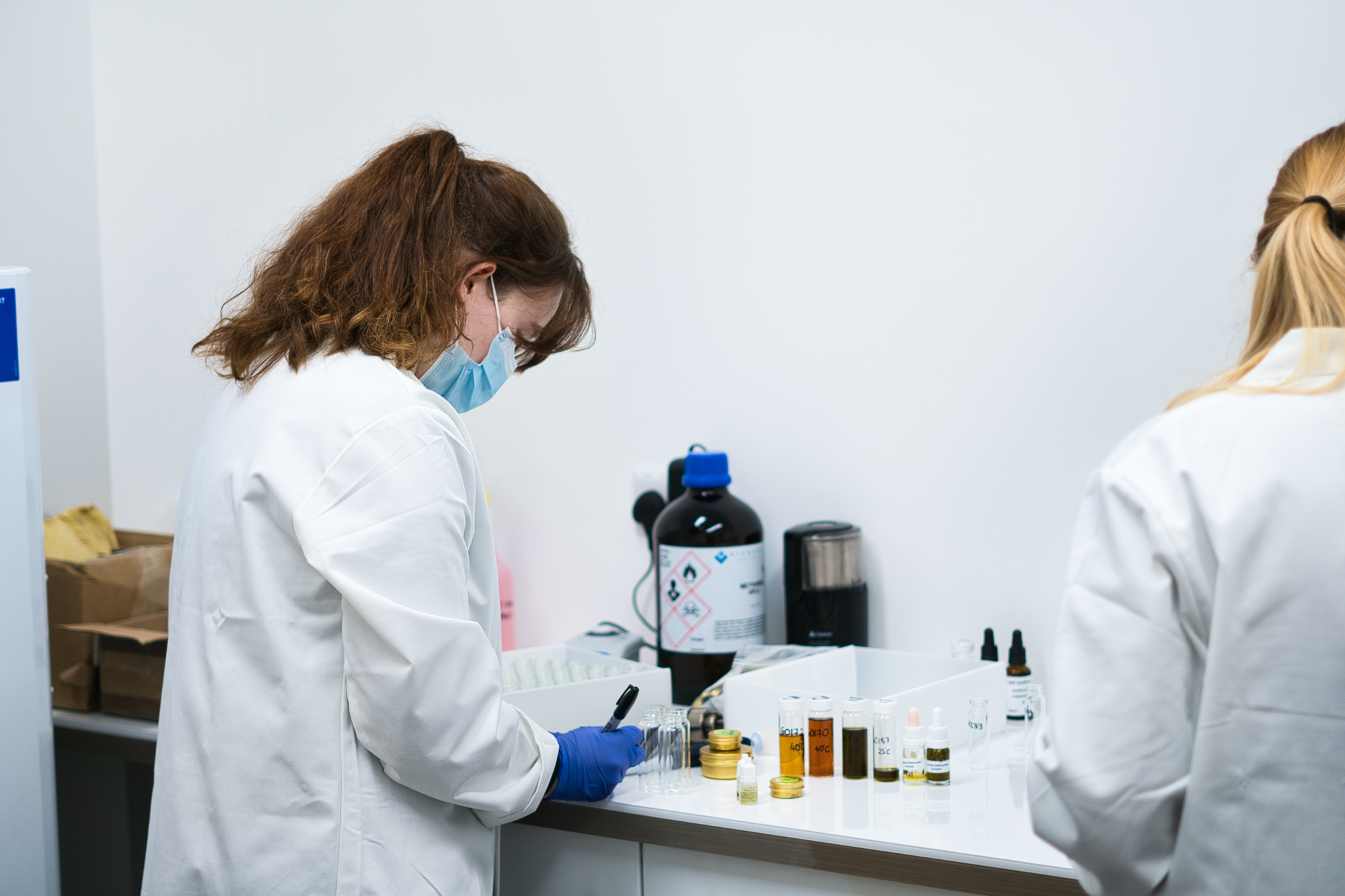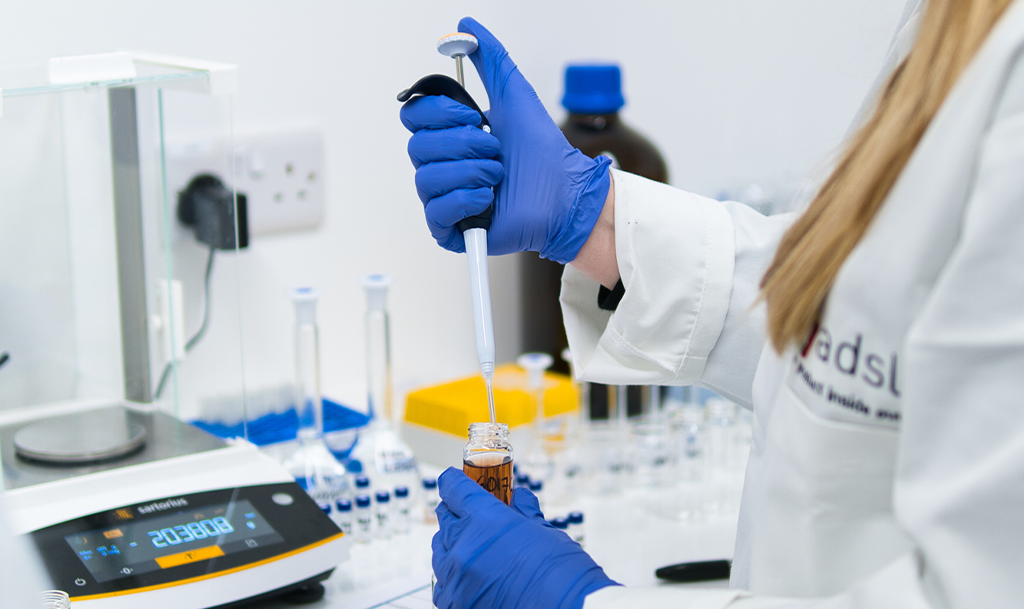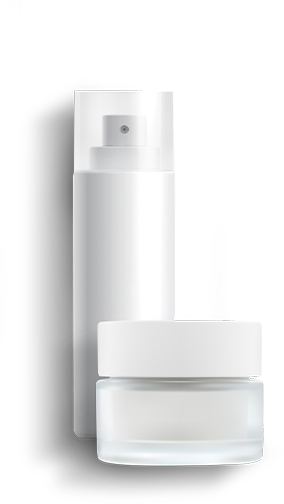Preservative Efficacy Testing (PET) is important in cosmetics for several reasons:
1. Consumer Safety: Preservatives are added to cosmetics to prevent the growth of harmful microorganisms, such as bacteria, yeast, and molds. These microorganisms can contaminate products and pose risks to consumer health, leading to infections, irritations, or other adverse reactions. PET ensures that the preservatives used in cosmetics are effective in inhibiting microbial growth and maintaining product safety.
2. Product Shelf Life: Preservatives play a crucial role in extending the shelf life of cosmetic products. PET helps determine the efficacy of preservatives over a specified period, ensuring that they can effectively inhibit microbial growth throughout the product’s intended shelf life. This testing ensures that the preservative system chosen for the formulation is appropriate and provides adequate protection against microbial contamination.
3. Regulatory Compliance: Regulatory agencies, such as the U.S. Food and Drug Administration (FDA) and the European Union’s Cosmetics Regulation, require cosmetic manufacturers to demonstrate the safety and effectiveness of their products. PET is often a regulatory requirement to ensure compliance with these regulations. By conducting PET, cosmetic companies can provide evidence of their product’s microbial safety and compliance with regulatory standards.
4. Quality Assurance: PET is an essential component of quality assurance for cosmetic manufacturers. It helps validate the effectiveness of the preservative system used in the formulation, ensuring consistent quality and performance of the product. By regularly performing PET, manufacturers can monitor and maintain the efficacy of their preservatives, identify potential issues, and take corrective actions if necessary.
5. Stability and Product Integrity: Microbial contamination can impact the stability and integrity of cosmetic products. It can lead to changes in appearance, texture, odor, or even the breakdown of active ingredients. PET helps assess the ability of preservatives to prevent such microbial-induced changes and maintain the desired product characteristics, ensuring that consumers receive products that meet their expectations.
Whilst the standard PET is a regulatory requirement for most products, it can also be useful to modify the protocol to suit your specific manufacturing or storage conditions. The inclusion of known process isolate organisms can ensure that your preservative system is robust, even when subject to some of the hardier organisms, and imitation of storage or transport conditions before testing (usually ageing) will provide a better assessment. Considering these aspects provides results based on a more representative sample of the product and will give you confidence in the preservative system in products on the shelf.
Overall, Preservative Efficacy Testing is crucial in cosmetics to safeguard consumer health, extend product shelf life, comply with regulatory requirements, maintain quality standards, and preserve product integrity. It plays a vital role in ensuring the safety and effectiveness of cosmetic products throughout their lifecycle.
Can we help you?
Preservative Efficacy Testing can be a complicated process, but our friendly team are always happy to support you; whether that’s advice on testing methodology, explaining test results, helping with ingredient limits or guidance on preservative selections. We provide the required knowledge and support to help you through the process. To find out more about the Microbiological services that ADSL provides please call +44 (0) 1803 520 048 or book a free video consultation with us using the Get Started link below.




